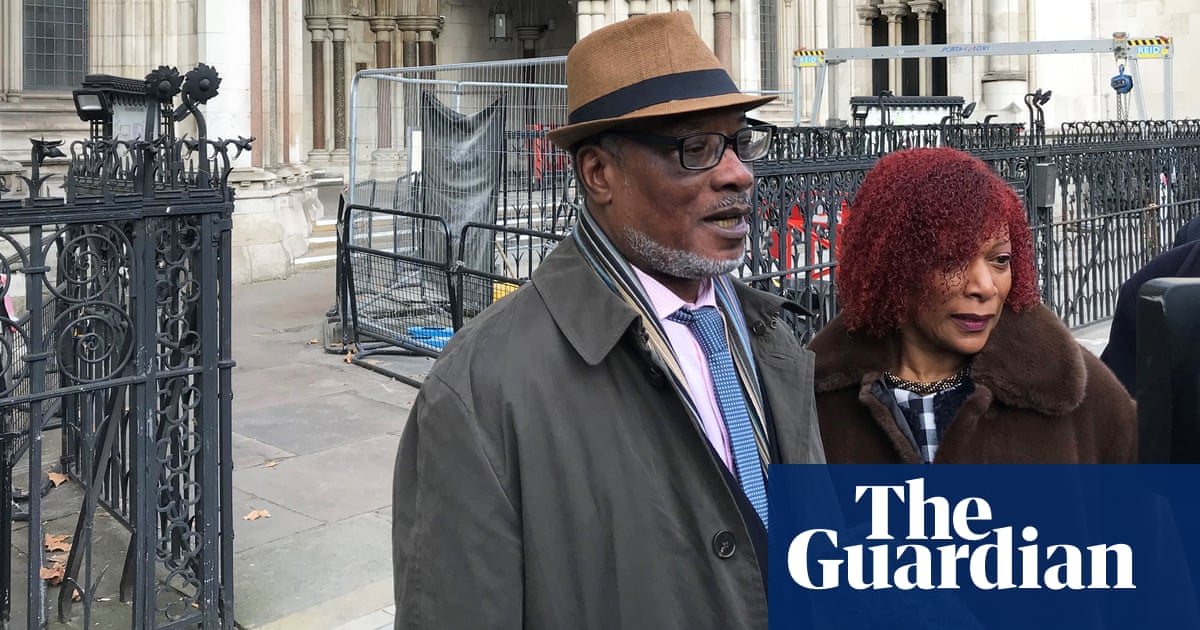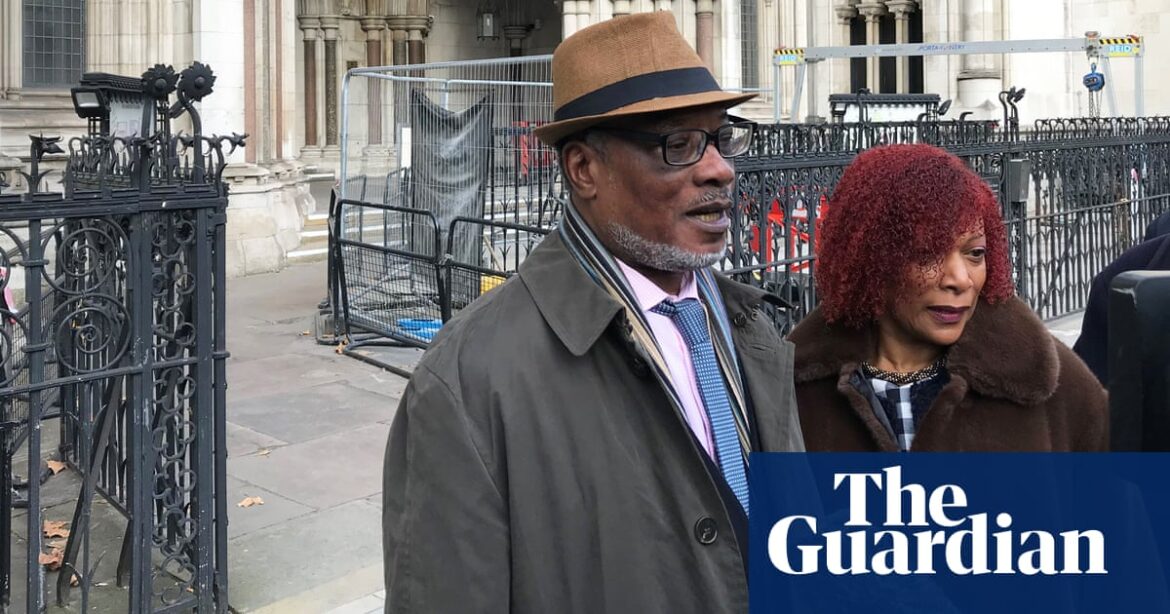
Research suggests that the implementation of majority verdicts in criminal trials in England and Wales was partially driven by a goal to lessen the impact of minority ethnic individuals and working-class individuals serving on juries.
According to a report by the organization Appeal, the reason for implementing majority verdicts instead of unanimous verdicts in 1967 was believed to be to prevent jury corruption. However, the report suggests that there may have been another, less honorable motive behind this decision.
After conducting research using government documents and archival materials, the writers of the study, which was published in Race & Class journal, discovered minimal proof of widespread “nobbling.” However, they did find that an increase in eligible jurors from different racial and socioeconomic backgrounds was linked to a perceived decrease in juror quality. This perception reflects larger concerns within society regarding Commonwealth immigration, Black Power, and white disempowerment.
Can Majority Jury Verdicts in England and Wales Be Linked to White Supremacy? This report compares them to the 2020 Ramos v Louisiana case in the US, which deemed majority verdicts for serious crimes illegal due to their racist beginnings. It is believed that they were first implemented in Louisiana in 1898 as a way to silence black jurors after slavery was abolished.
According to the authors, in the US, Oregon was the sole state to permit majority verdicts at the time of the supreme court decision. They argue that this type of verdict eliminates a protection against unjust convictions. On the other hand, in the UK, it has been suggested that majority verdicts may protect against biased jurors by preventing a small number of prejudiced individuals from influencing the decision-making process.
Challenge the validity of guilty verdicts based on majority decisions, which permit two out of 12 jurors to disagree or one in cases with 10 or 11 jurors, in England and Wales. This includes the situations of Andrew Malkinson and Winston Trew, one of the Oval Four.
“The notion that women, racial minorities, and the working class are less competent for jury duty is not simply a historical bias, but rather a lingering issue in our current jury system,” stated Nisha Waller from Appeal, who co-wrote the report alongside Naima Sakande.
Although juries are often praised for being the most fair aspect of the legal system, limitations on conducting research using actual juries and cases hinders a conclusive evaluation of their fairness.
“Our commitment to the good value of juries does not exempt them from rigorous scrutiny. The potential silencing of certain jurors’ voices through majority convictions should be a concern for us all. Unless we are saying that dissenting jurors are always unreasonable, their votes inherently represent reasonable doubt.”
In 1963, the Home Office established the Morris committee, a departmental committee focused on jury service. At the time, eligibility for jurors was based on one’s status as a householder. However, due to recent national property revaluations, individuals from a wider range of backgrounds were now qualified for this status. This information is stated in the report.
“The authors state that numerous civil society organizations, trade unions, legal associations, government departments, and individuals submitted written testimony to the committee. Many of these groups expressed concerns that allowing an expanded juror pool, including laborers, immigrants, and people of color, would negatively affect the quality of decision-making and educational qualifications required for jury duty.”
In the House of Commons, members of Parliament expressed different levels of agreement with abolishing the need for unanimous decisions due to the decline of the “middle-class, middle-brain jury” and the potential for any person, regardless of character, to serve as a juror.
According to the report, approximately 15% of yearly convictions after a trial in a crown court were from majority verdicts. This indicates that a considerable amount of defendants are found guilty each year even if at least one juror was uncertain of their guilt.
According to Trew, a consultant for the project who was falsely accused by a biased police officer, he found the project’s results to be intriguing. He questioned whether the 10-2 majority decision was influenced by the two black jurors not believing the police’s false narrative. Unfortunately, he will never have a definite answer.
Source: theguardian.com



